2008 Lexus LX 570

| The Good: – Solid off-road ability – Spacious luxury cabin – Ride quality and comfort |
The Bad: – Average handling – Heavy fuel consumption – Cramped third-row seats |
A real contender in the large luxury-4WD category was long overdue from Lexus. When it came to modernity, its painfully outdated LX 470, which was simply a Land Cruiser with an “L” badge, was no match for the likes of the Range Rover, the Cadillac Escalade, and the Infiniti QX56. But the all-new LX 570, although still based on a Toyota, now addresses this market segment with a bang.
However, as good as this new Lexus might be, it still looks awfully bloated. Considering the new Land Cruiser shape is a lost cause, there was only so much Lexus stylists could do to help the poor LX, including adding a prominent new snout and a slightly different tail. Nevertheless, the new LX is still a hit with conservative types, having been pre-sold in the hundreds even before it was officially launched in the GCC.
Inside, the LX has a totally unique interior compared to its Toyota sibling, including a new dashboard, curvier door panels, premium materials, more gadgets, and a totally different centre-console setup. There are soft-touch surfaces everywhere, with leather stitching on the seats, doors and even the centre console. Strips of real wood, specks of chrome and bits of grey plastic complete the upscale look.
Space is excellent for first-row and second-row passengers, while the third-row is reserved for kids, or for adults who can hold a foetal position for extended periods. The front seats are wide, moderately-bolstered, electrically-adjustable, and vented with fans. Access to the third row is manageable, with a foldaway second-row seat. The third row can be electrically folded up along the sides of the cargo area, as the solid-axle rear suspension does not allow for a fold-flat third row like in the Ford Expedition. This of course comes at the cost of reducing luggage space, but there is still ample room for cargo.
Features include “intelligent” keyless entry and start, DVD navigation, rear-seat DVD screen, sunroof, power-operated tailgate, Bluetooth, front and side-curtain airbags, and all the usual power features. The touchscreen nav is easy to control, but takes time to figure out all the features. The premium CD/MP3 stereo with in-dash changer is a strong performer, as is the digital a/c with rear controls. The tailgate is a two-piece design, so even if the top half is powered, the bottom half has to be opened by hand, assuming the powered top half bothers to open in the first place after you keep pushing the button. Other gadgets included auto-levelling headlights which turn with the steering, adaptive cruise control and adjustable suspension, all of which we used during our long-distance test drive from Dubai to Hatta, with varying degrees of success.
Our tester had a misaligned front bumper, probably due to some previous offroading accident, which also seemed to have broken the auto-levelling headlights, making them point way down permanently, and making us drive blindly at night. It also seemed like there are no Xenon headlights, except for the high beams, which we obviously couldn’t use constantly with oncoming traffic. The adaptive cruise control worked as advertised though, braking automatically and eerily following the car in front at its speed, although we felt it gets on the brakes a bit too hard. And the height-adjustable suspension worked great, lowering and raising at will when not moving, although it goes back to default height when moving at highway speeds.
More interesting is the 5.7-litre V8 engine, good for 362 hp at 5600 rpm and 530 Nm of torque at 3200 rpm. The smooth torquey engine offers thrusting acceleration from low speeds, although it doesn’t gain speed as quickly when trying to overtake at high speeds. This was somewhat reflected in our rather underwhelming 0-to-100 kph time of 8.0 seconds flat, which is only slightly better than our Land Cruiser VX-R tester back in January, although the LX 570’s extra weight combined with warmer April weather may have played a part in our worse-than-expected result. The 6-speed automatic gearbox is smooth and is best left to make its own decisions, since it ignored most of our upshift inputs in manual mode, and downshifts are a bit delayed. Our overall fuel consumption averaged 19.8 litres per 100 km, with a lot of highway driving involved.
But the engine offers supremely relaxed cruising, hardly making a sound. It is easily one of the quietest vehicles we’ve ever driven, with barely-noticeable wind and road noise. The suspension can be set at Comfort, Sport, or somewhere in between. In Comfort mode, the ride is pillowy-soft, and most bumps disappear, which is impressive for a truck platform. The side-effect is an overly floaty feeling on sharp dips on the road, and the lean in corners is as tipsy as a Hummer. Switching over to Sport mode, the ride is noticeably much firmer, crashing over speed bumps instead of gliding over them like before. Body roll is reduced, but we expected roll control as good as a Range Rover, given how firm the suspension became, but the Lexus missed the mark. Sudden movements upset the big LX rather easily, especially under braking. It doesn’t help that the brake pedal lacks any sort of feedback and has to be pounded at high speeds. But the electronically-monitored brakes do fine in most cases, as we found out when we needed to slow down quickly on numerous occasions, because we were unintentionally going into corners too fast. The isolated cabin makes speeds seem slower than they really are. The 18-inch alloys laden with 285/60 tyres offer reasonable grip, but the lifeless steering is more likeable in parking spaces than in precision driving.
Speaking of parking spaces, the LX is not too hard to park, given its rear camera and beeping all-round parking sensors, although the somewhat large turning circle doesn’t help. However, some of this 4WD’s many selling points include the cameras mounted on the front and under the right side-mirror, which are supposed to aid parking. In our experience, we found the distorted camera views hard to decipher and ultimately useless. The rear view and sensors are enough. The big side-view mirrors are great for road-awareness behind the car, but they also block part of the front-side view around turns.
But as mildly unwieldy as it is onroad, it shines much more off the beaten path, with full-time all-wheel-drive, low-range gearing, height-adjustable suspension, crawl control, downhill assist and hill-start assist. We didn’t play with the last three gimmicks simply because we didn’t really need to. There is plenty of power and torque to get through any soft-sand situation, if played with sensibly. The extra on-demand ground clearance helps, but the long front and rear overhangs should constantly receive attention to avoid expensive damage. Our tester already had a broken bumper and misaligned headlights. Just because you could, doesn’t mean you always should.
The only real concern affecting would-be buyers is the price, which is a good deal more than the likes of the larger Infiniti QX56 or even the Toyota Land Cruiser VX-R. However, the LX is a fine entry, looks notwithstanding, and is certain to steal sales from the popular Range Rover and the softroading Escalade, while making the Mercedes-Benz GL-Class look like an even bigger flop. Its appeal lies in parent-company Toyota’s legendary reliability. It may not deliver the supernatural handling that we were expecting at this price, but it does overwhelm in the luxury department, and it’s all that matters in this segment.
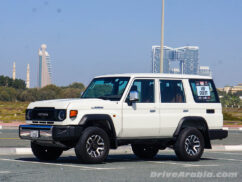
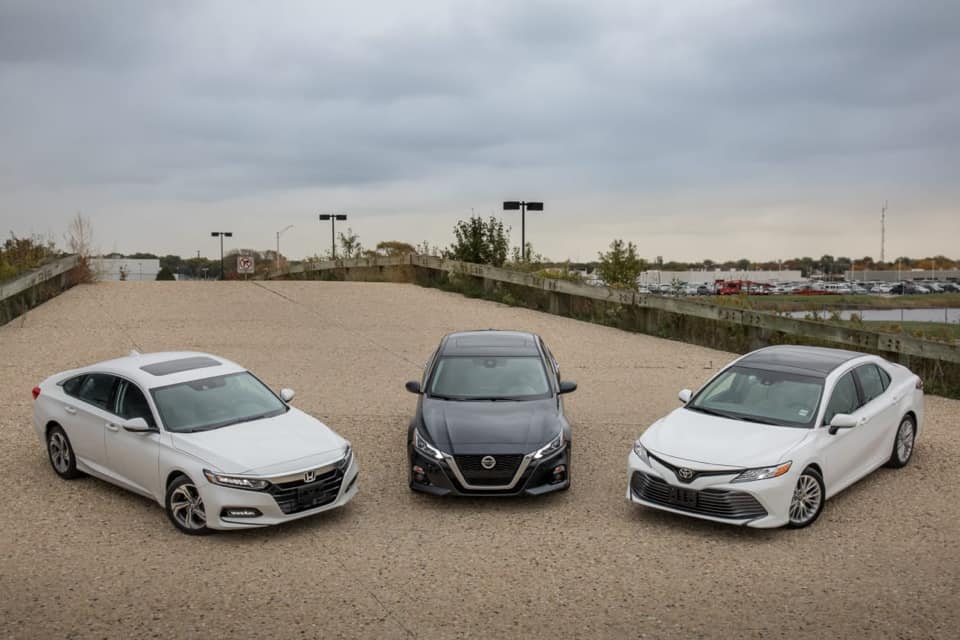
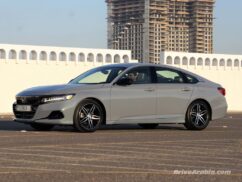
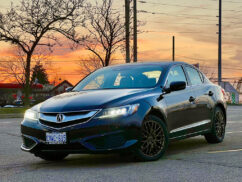
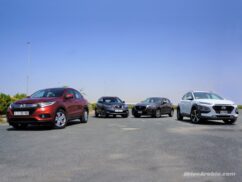

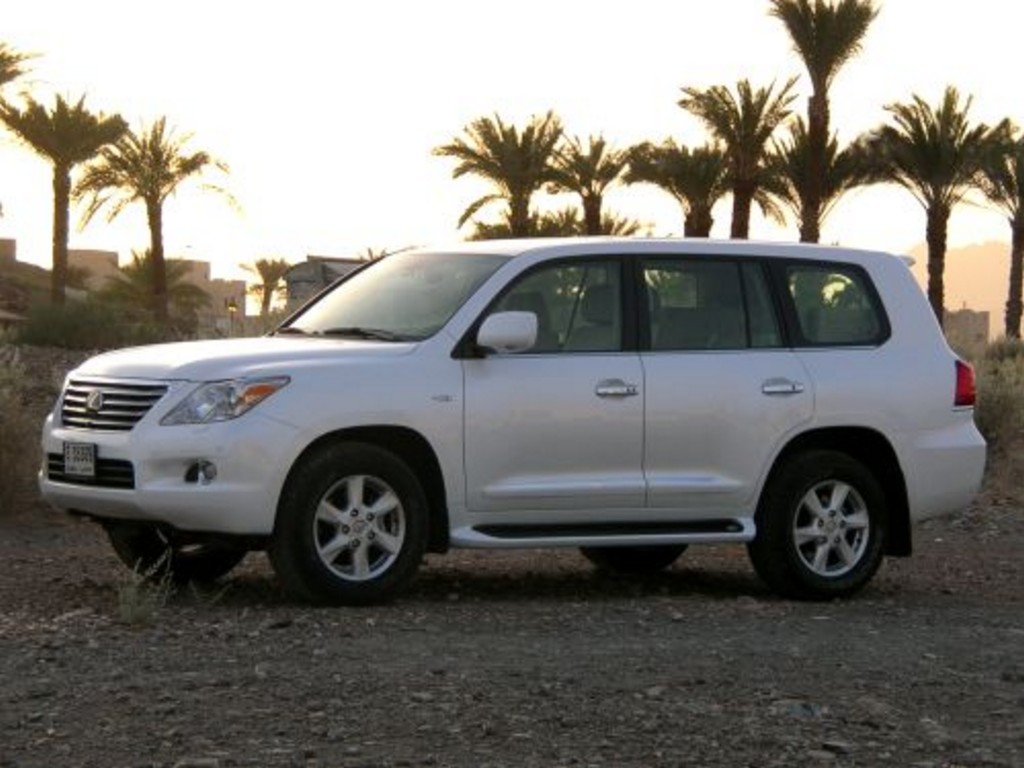

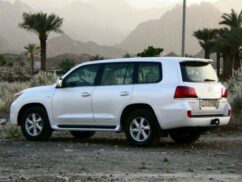



Comments
abdul qadir
i love this lexus 570